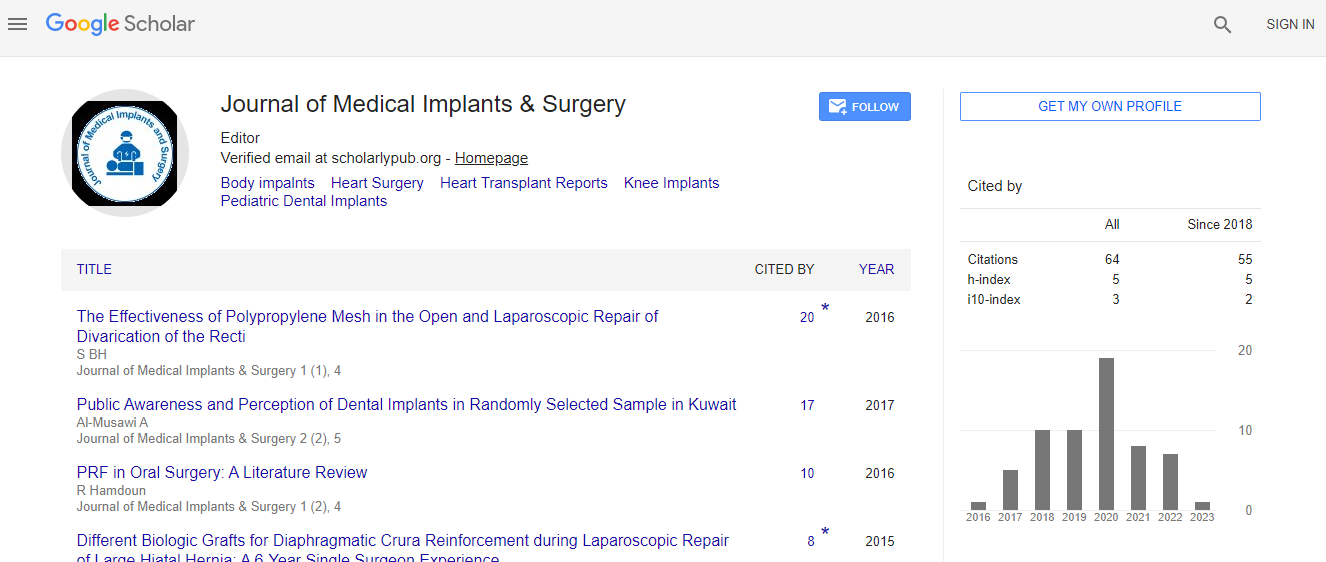Neutrophil / Lymphocyte Ratio (NLR) â Trombocyte / Lymphocyte Ratio (TLR): A Predictor of Axillary Lymph Node Metastasis in Breast Cancer Patients?- Tugba Han Ãner- Baskent University School of Medicine
Abstract
Introduction: Sentinel lymph node biopsy is the
standard application for assessing axillary disease in
breast cancer patients. The Z0011 study by the Amer-
ican College of Surgeons Oncology Group (ACOSOG)
emphasizes that axillary dissection (AD) is not re-
quired in selected patients with positive sentinel
lymph nodes (SLN) [1]. It is known that axillary lymph
node status is an important prognostic indicator in
patients with invasive breast cancer [2,3]. Sentinel
lymph node biopsy (SLNB) has been reported to cause
fewer complications than axillary lymph node dissec-
tion (ALND), although extensive studies have shown
wound infection, seroma, hematoma, paresthesia,
and allergic reactions to isosulfan blue dye [4,5]. As
components of the systemic inflammatory response,
lymphocytes, neutrophils, and platelets are increas-
ingly accepted as playing an important role in car-
cinogenesis and tumor progression [6]. Neutrophil
/ lymphocyte ratio (NLR), trombocyte / lymphocyte
ratio (TLR) and Glasgow Prognostic Score are prog-
nostic markers in cancer [7]. High NLR (> 3.3) is asso-
ciated with larger tumors and later stages [8]. Simi-
larly, high TLR has been reported to adversely affect
survival in gastrointestinal cancers [9]. NLR and TLR
reflect systemic inflammation and have independent
prognostic value for various cancer patients [6,10].
However, the role of these biomarkers in breast can-
cer prognosis is less well known. Researchers have
questioned whether NLR and TLR help to predict the
axillary situation. This study therefore evaluated the
relationships between preoperative NLR, TLR, clini-
copathological factors, and axillary lymph node me-
tastasis in stage I-III breast cancer.
Patients and Methods: The study recruited 158 Stage
I-III breast cancer patients operated on at Baskent
University Zubeyde Hanim Research Center between
2011 and 2018. Sentinel lymph node biopsy and ax-
illary lymph node clearance in the presence of senti-
nel lymph node metastasis was performed on all the
patients. Their medical records were examined and
their medical history, age, radiological and patholog-
ical results, and laboratory data were collected. Pa-
tients who had received chemotherapy or received
immunosuppressive drugs, such as glucocorticoids,
cyclosporine, tacrolimus, or interferon, were exclud-
ed. The pathological data were analyzed and size of
tumor, histological grade, axillary lymph node status,
hormone receptor status, Cerb B2 status, presence
of lymphovascular invasion (LVI) and Patients and
Methods perineural invasion (PNI), radiological re-
sults, and laboratory data were evaluated. Estrogen
receptor (ER) and progesterone receptor (PR) status
were studied immunohistochemically (IHC). Venous
blood samples were taken just before surgery. The
ratio of neutrophil and trombocyte count to lympho-
cyte count, and NLR cut-off values were calculated
for both 3.5 and 1.
Statistical analysis: Data were analyzed using SPPS
25 (IBM Corp. Released 2017. IBM SPSS Statistics
for Windows, Version 25.0. Armonk, NY: IBM Corp.).
Mean ± standard deviation, percentage and frequen-
cy values of the variables were used. Variables were
evaluated after checking for normality and homoge-
neity of variances (Shapiro Wilk and Levene Test).
The analysis showed that the prerequisites for inde-
pendent 2-group t test (Student’s t test) where not
met, so Mann Whitney-U test was used to compare
the two groups. Categorical data were analyzed

 Spanish
Spanish  Chinese
Chinese  Russian
Russian  German
German  French
French  Japanese
Japanese  Portuguese
Portuguese  Hindi
Hindi 